
Life in the ‘deep freeze’!
Bowman CHP heat exchangers provide vital heating for the Halley VI Antarctic research station.
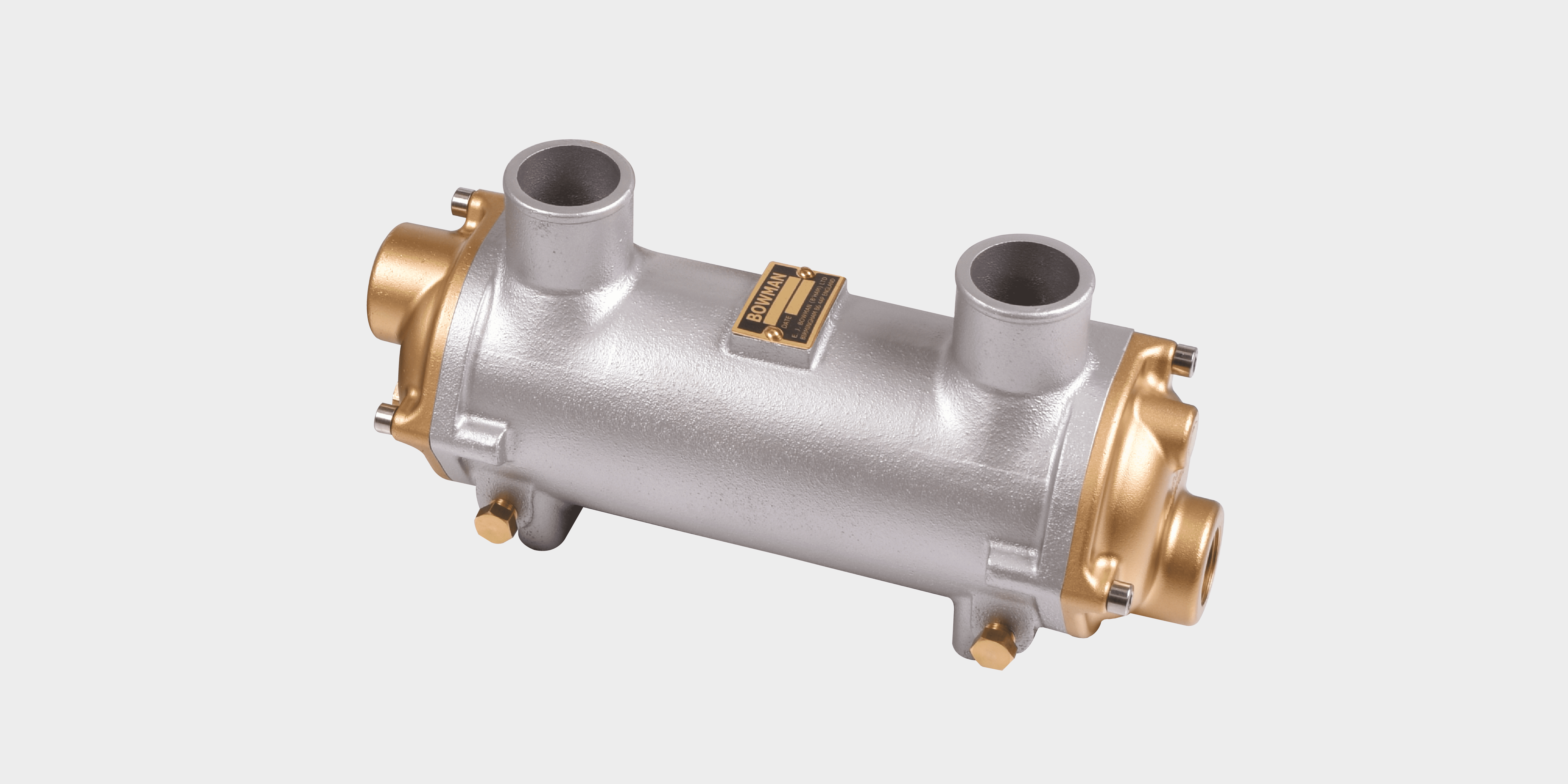
Used to cool the hot, compressed air from the turbo before it reaches the engine, the intercoolers improve engine efficiency and reduce emissions for marine and land-based stationary engines.
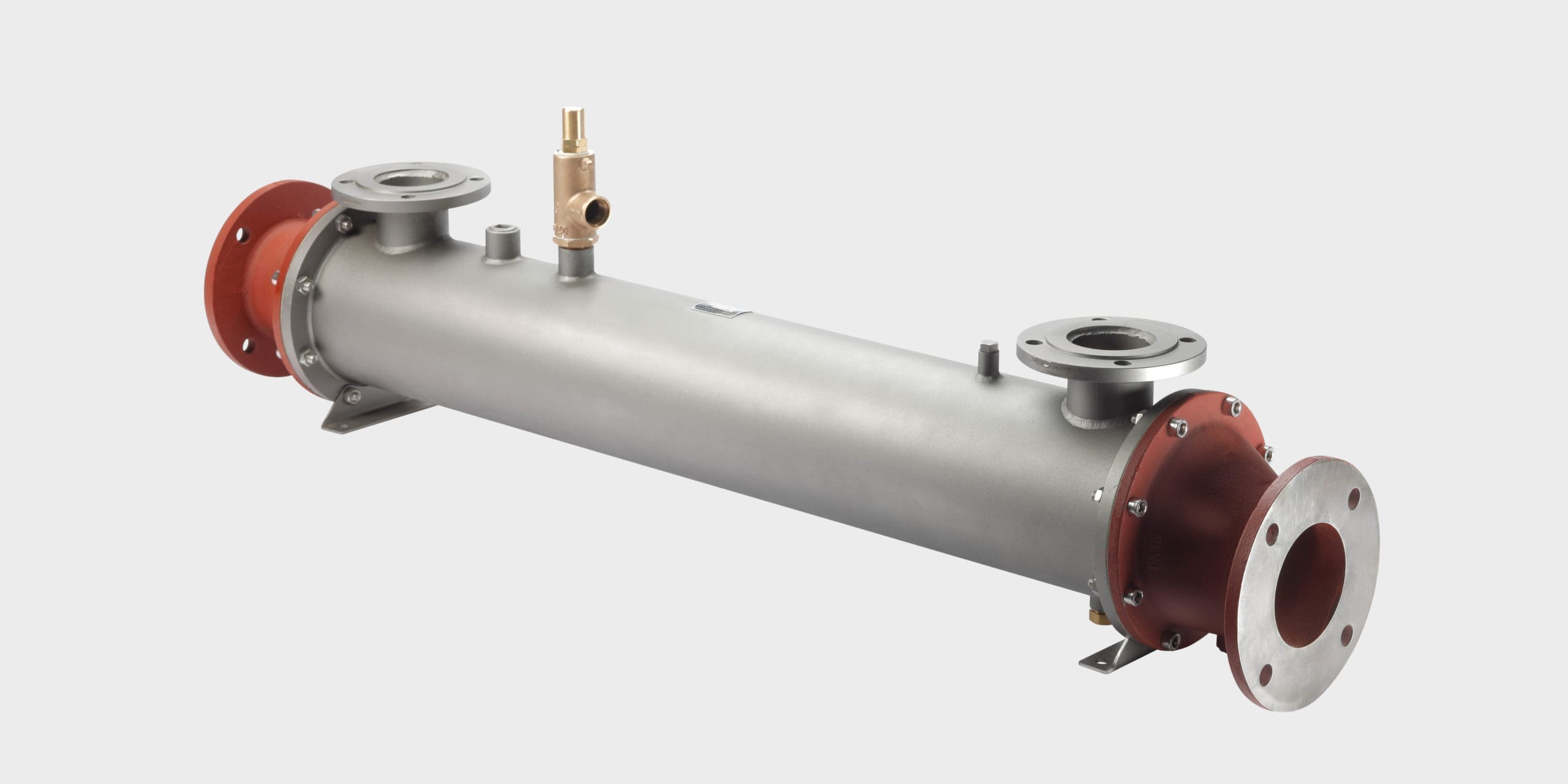
Exhaust gas heat exchangers are designed to recover waste heat energy from the exhaust stream of reciprocating engine powered generating sets.
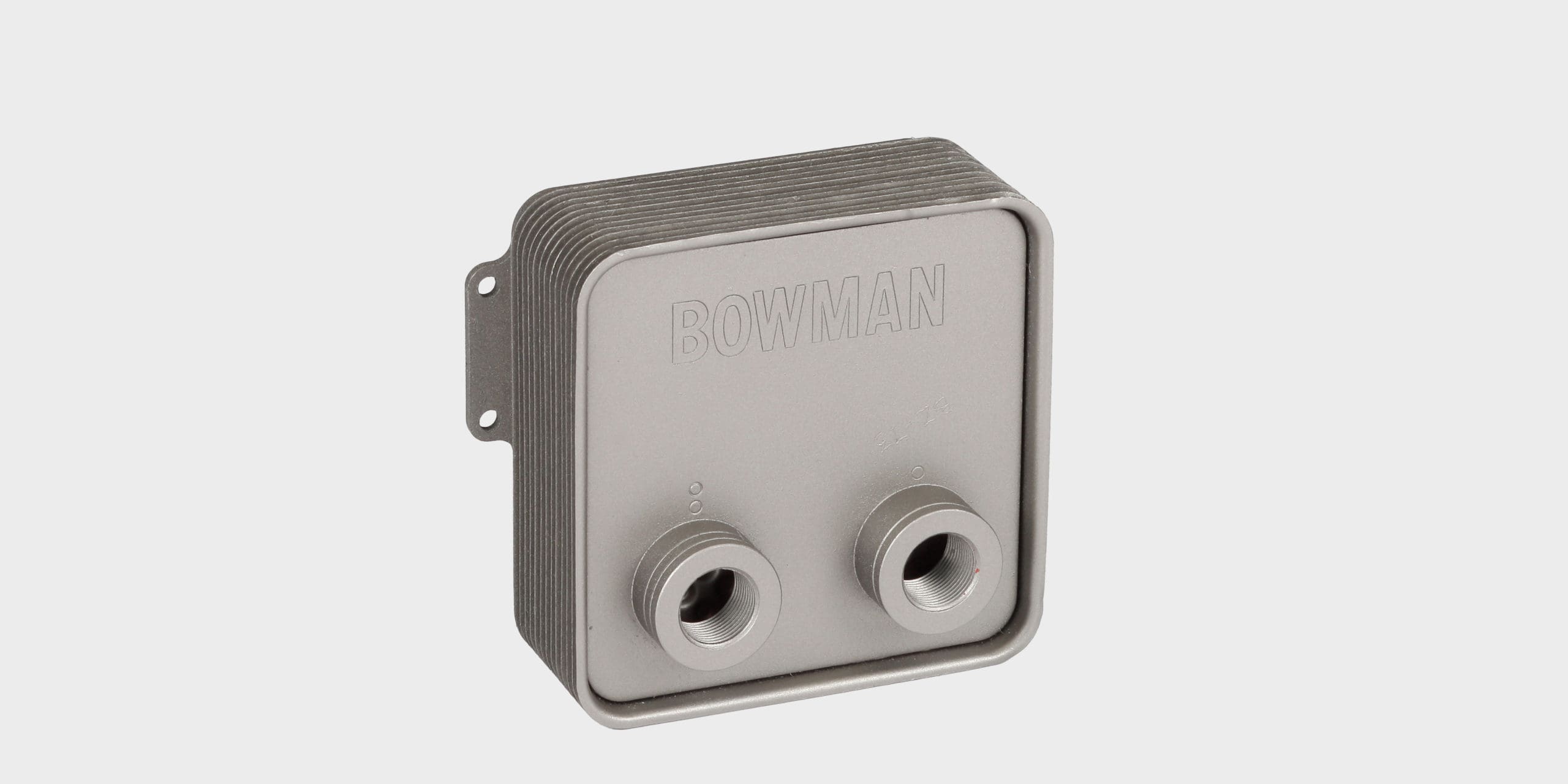
Bowman 'copper free' fuel coolers are compact, highly efficient heat exchangers suitable for fuel conditioning rigs in the automotive testing industry.
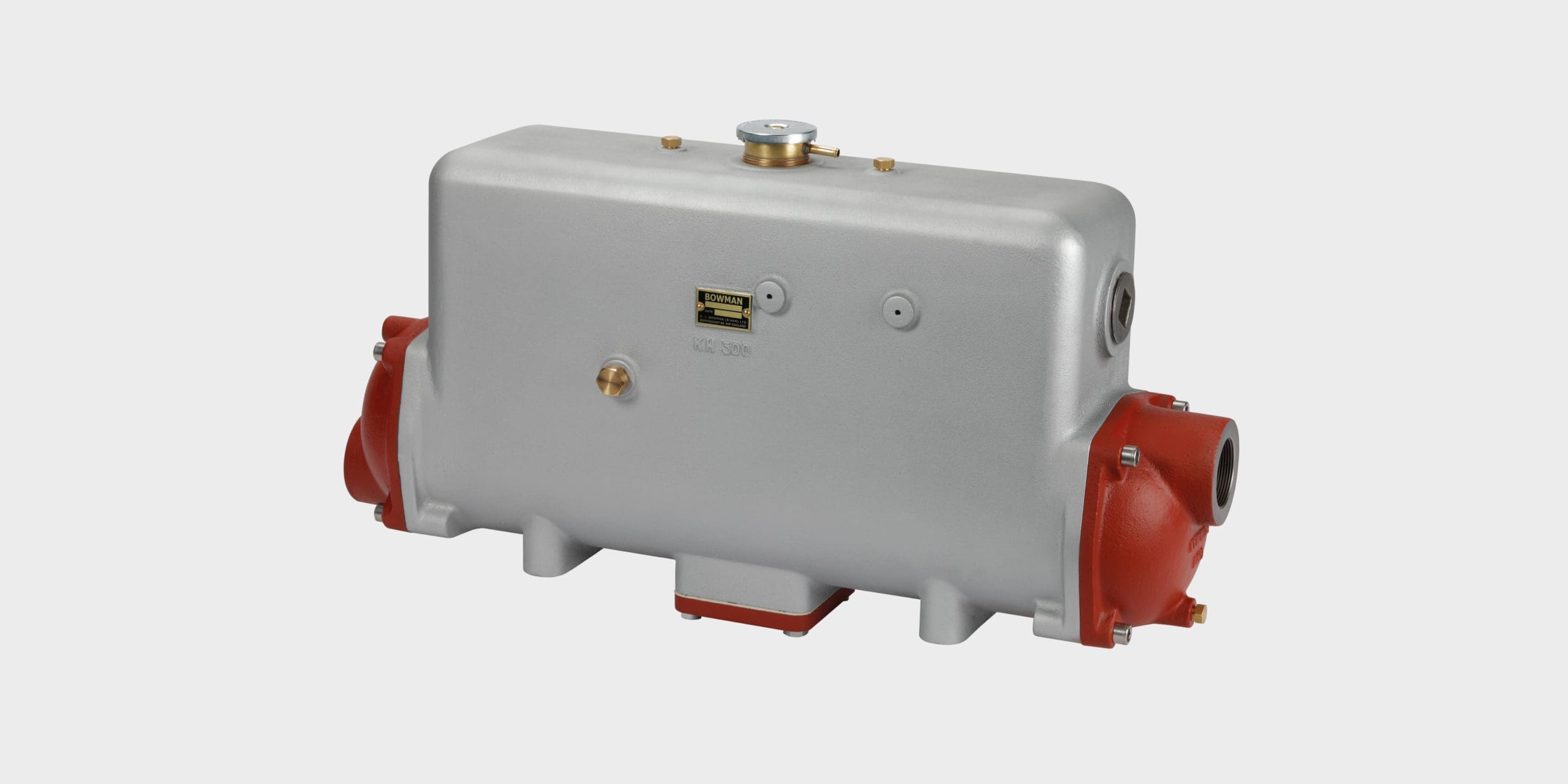
Engine coolant header tank heat exchangers for marine propulsion, gensets or stationary land-based engines.

Bowman EC 80-5113-1T heat exchangers provide a new solution for heating spas and hot tubs in just a fraction of the time taken by traditional electric heaters.
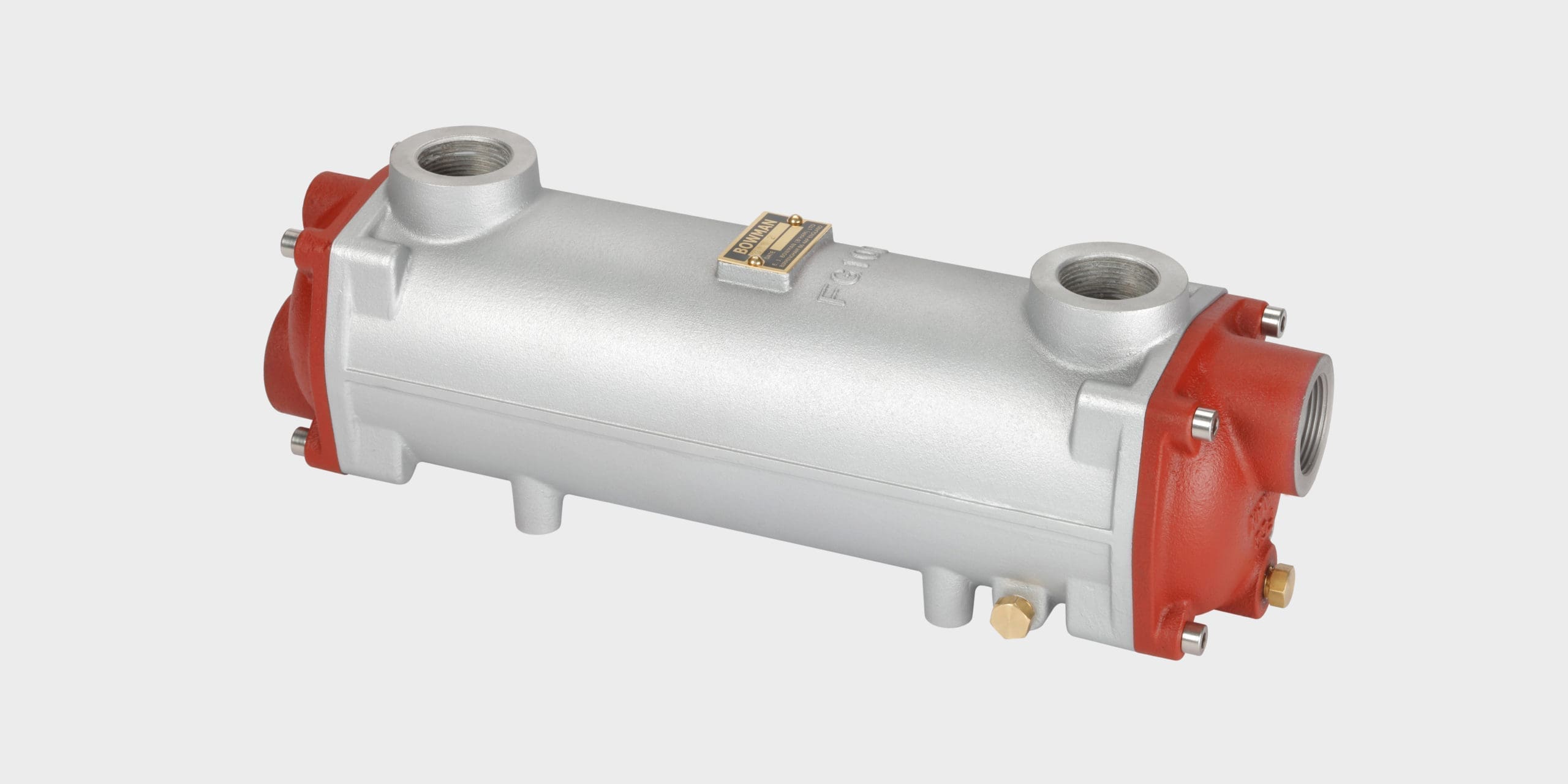
Highly efficient heat transfer solutions for cooling marine, land-based and underground hydraulic systems.

Bowman inline plate heat exchangers are a compact, economical solution for high efficiency heat transfer.

Bespoke cooling solutions for a range of popular marine engines from major OEMs, including coolant heat exchangers, charge air coolers, plus combined heat exchangers and exhaust manifolds, suitable for cooling marine engines up to 1 MW.
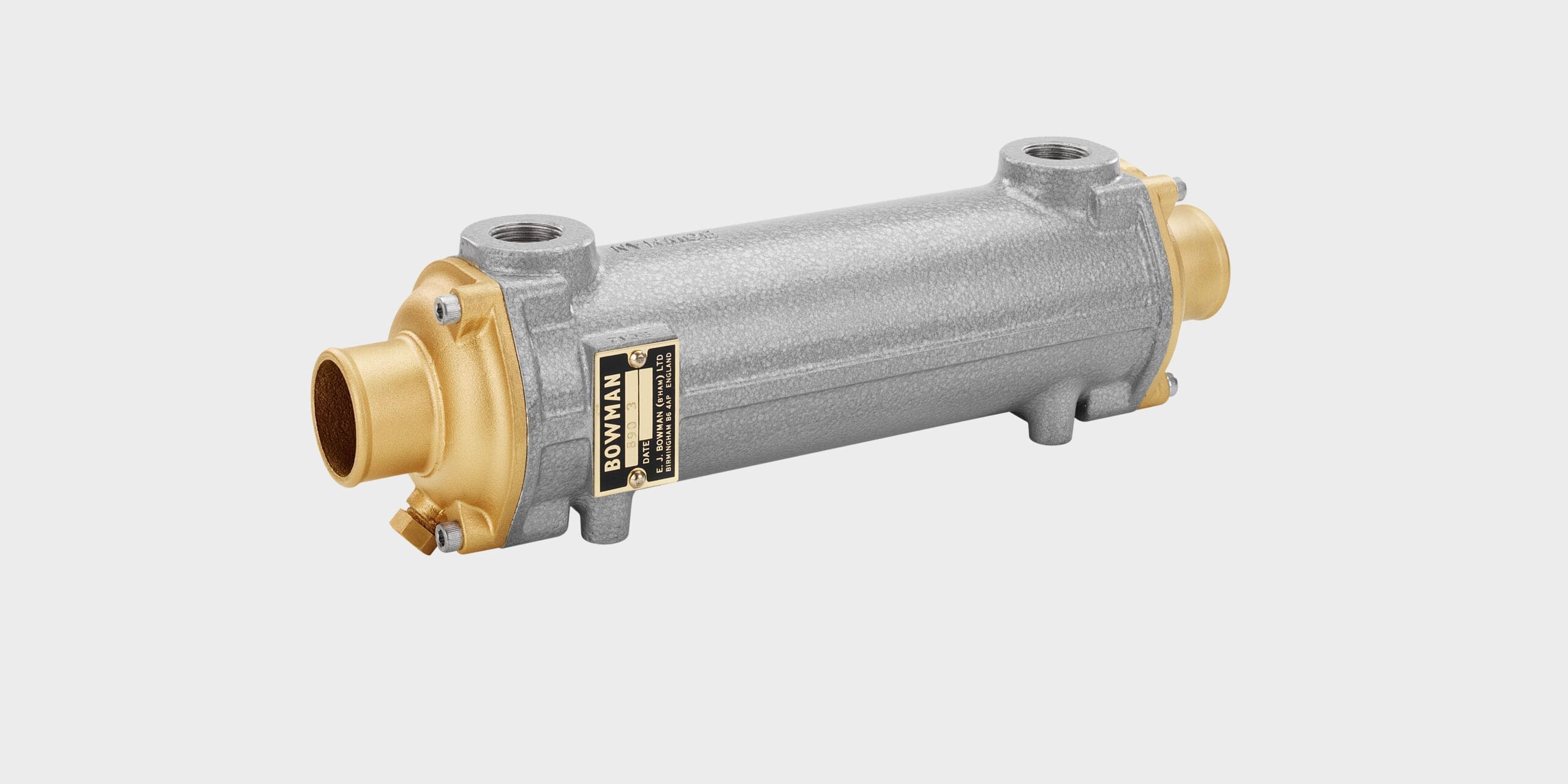
Bowman has a range of highly efficient oil coolers designed for marine and industrial engines and transmissions.

Efficient heat exchangers for cooling electric marine motors, hydrogen fuel cells, battery packs, chargers, AC-DC converters, DC-DC converters, inverters and associated equipment for electric and hybrid marine propulsion and charging systems.
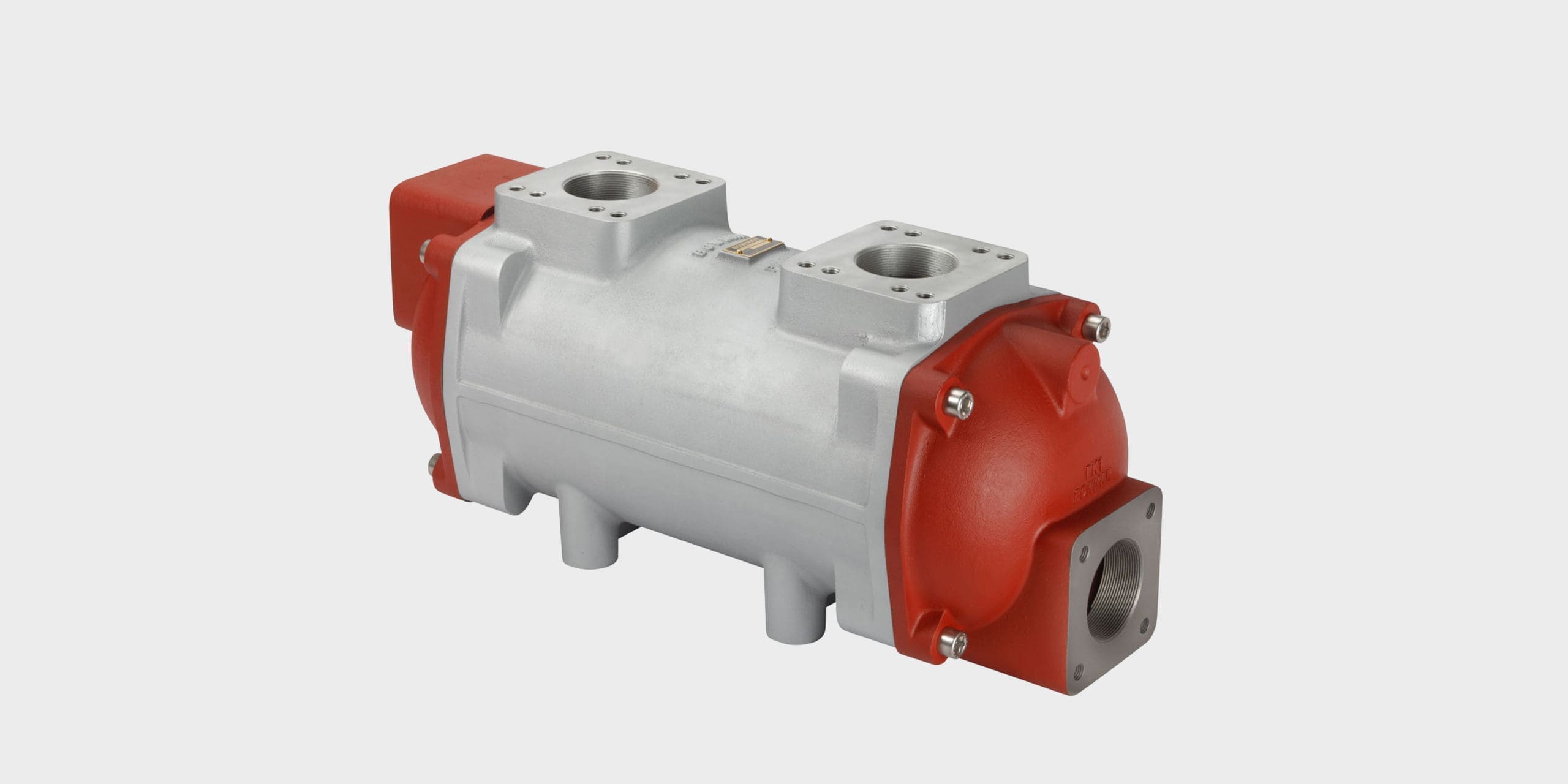
Highly efficient heat transfer solutions for cooling a variety of applications where air and fluids need to be cooled by fluids.
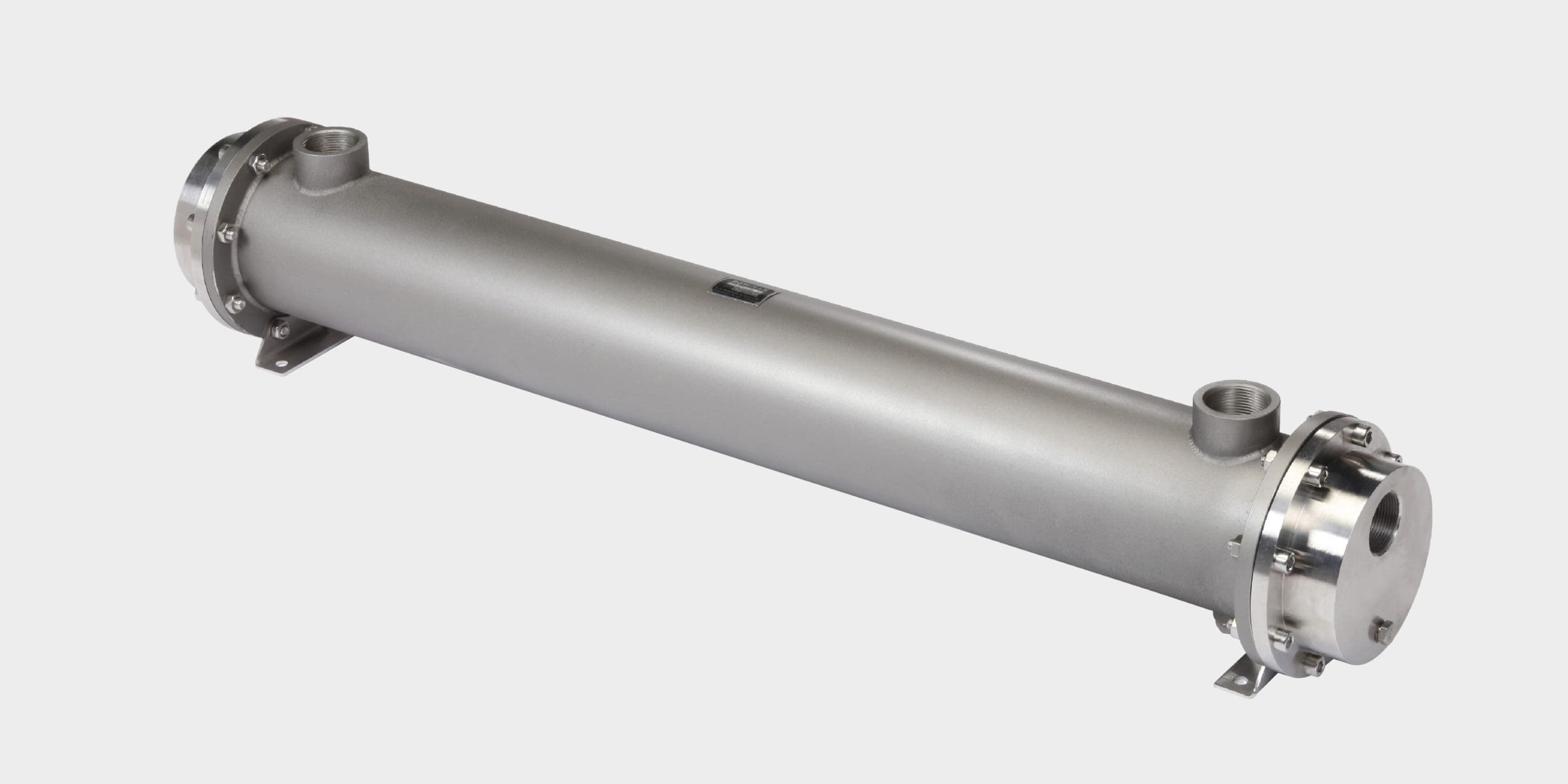
Many applications require stainless steel shell and tube heat exchangers and Bowman provide a standard range of units that are suitable for cooling or heating a variety of fluids.
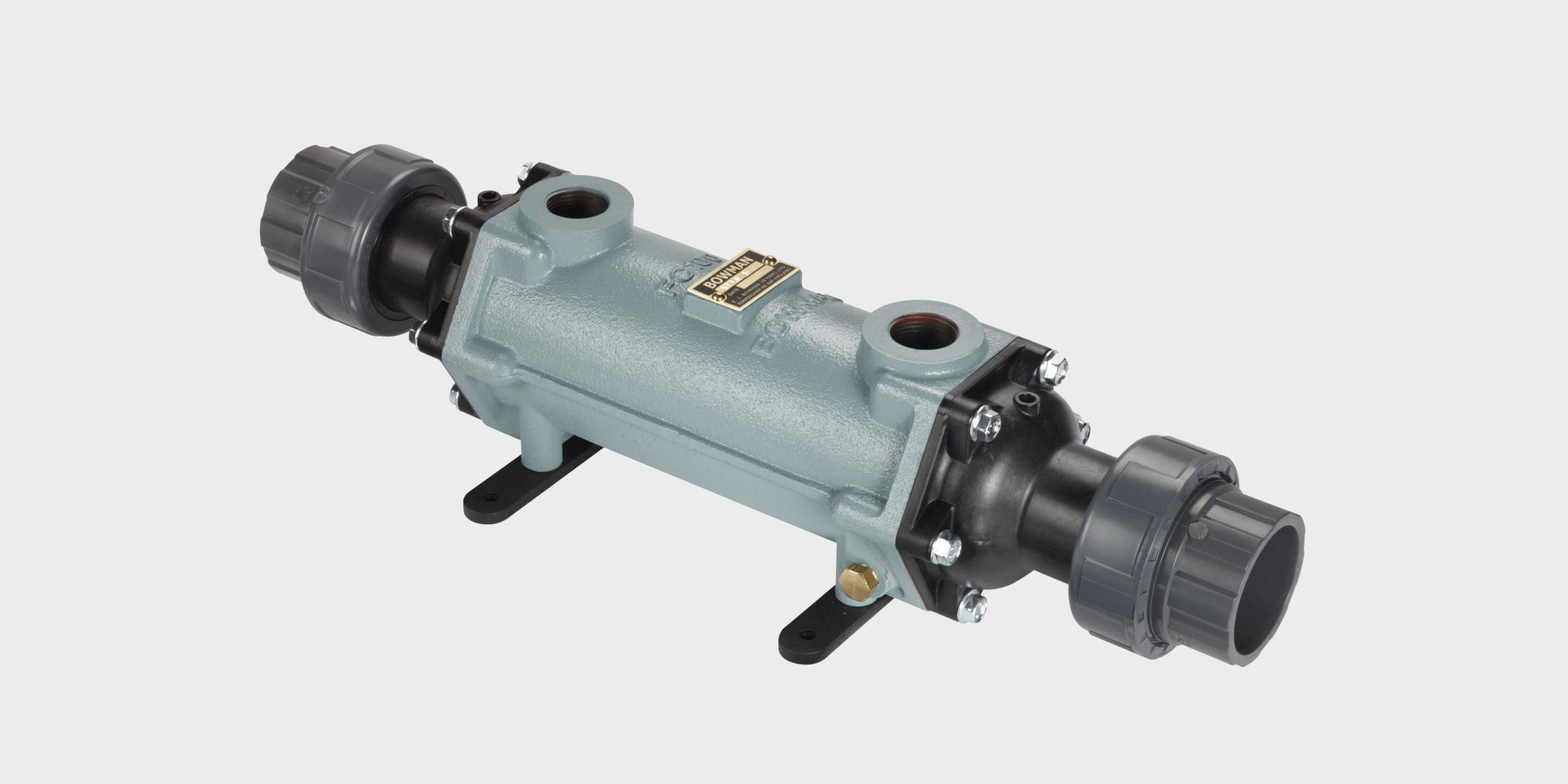
Bowman swimming pool heat exchangers are renowned for reliability and efficiency. Whether heating your pool with a traditional boiler or a renewable energy source, Bowman is the obvious choice.

Premium quality heat exchangers and oil coolers for precise temperature control of engines under test cell development conditions.
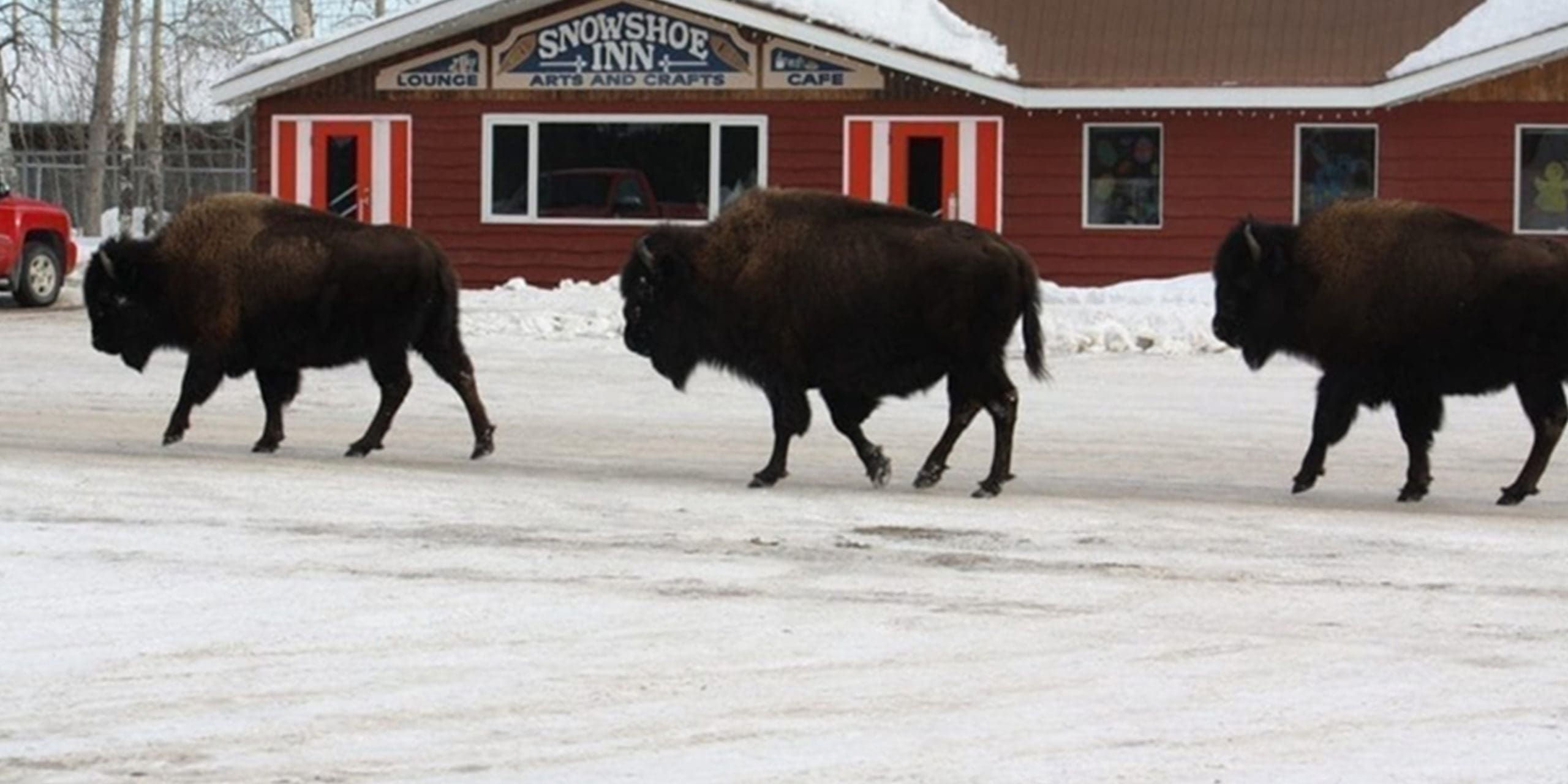
Recovering waste heat energy from engine powered generating sets for biogas, diesel and natural gas applications up to 1 MW.
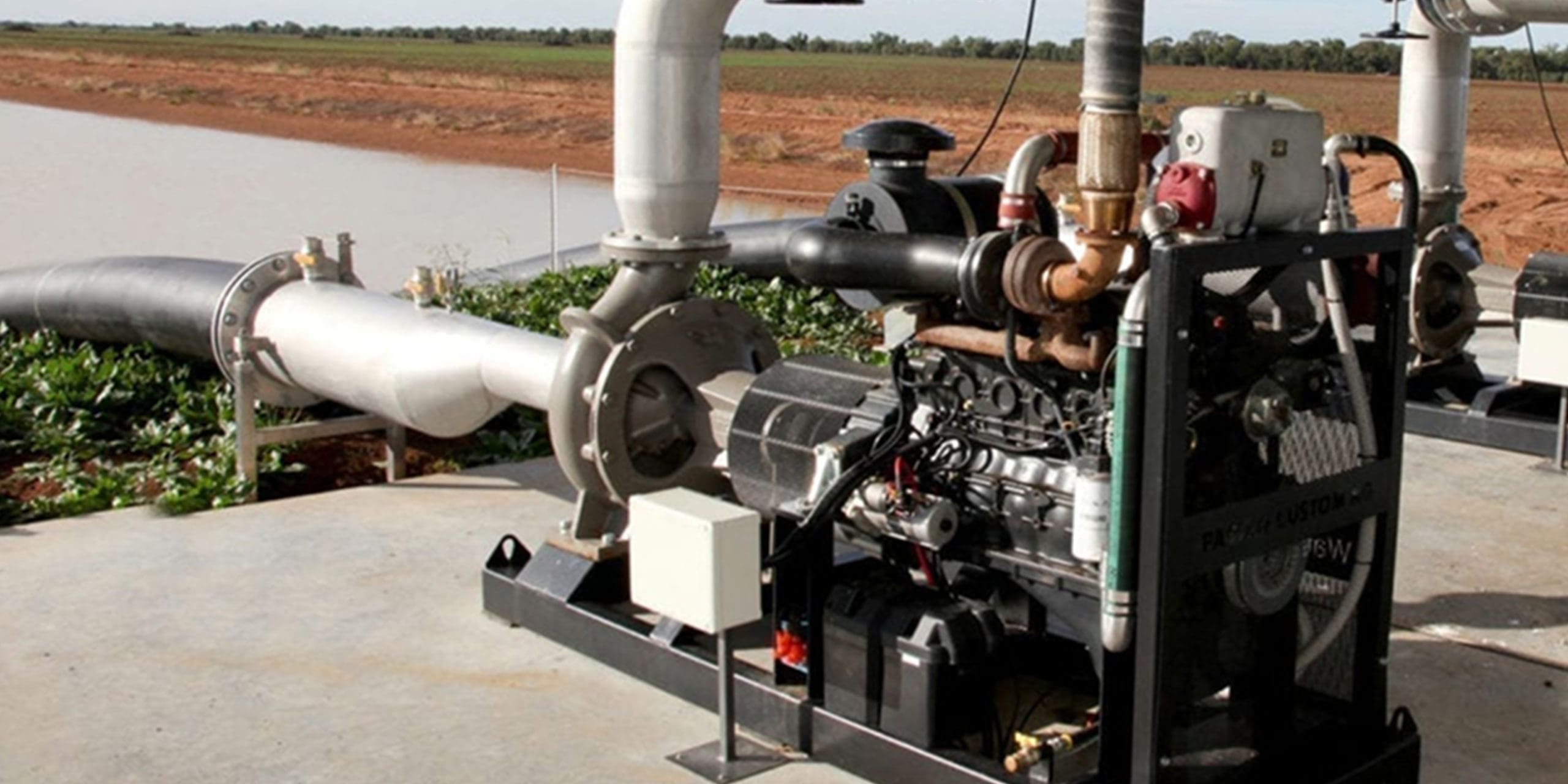
Efficient cooling for stationary / land-based engines where air cooling is either unavailable or inappropriate.
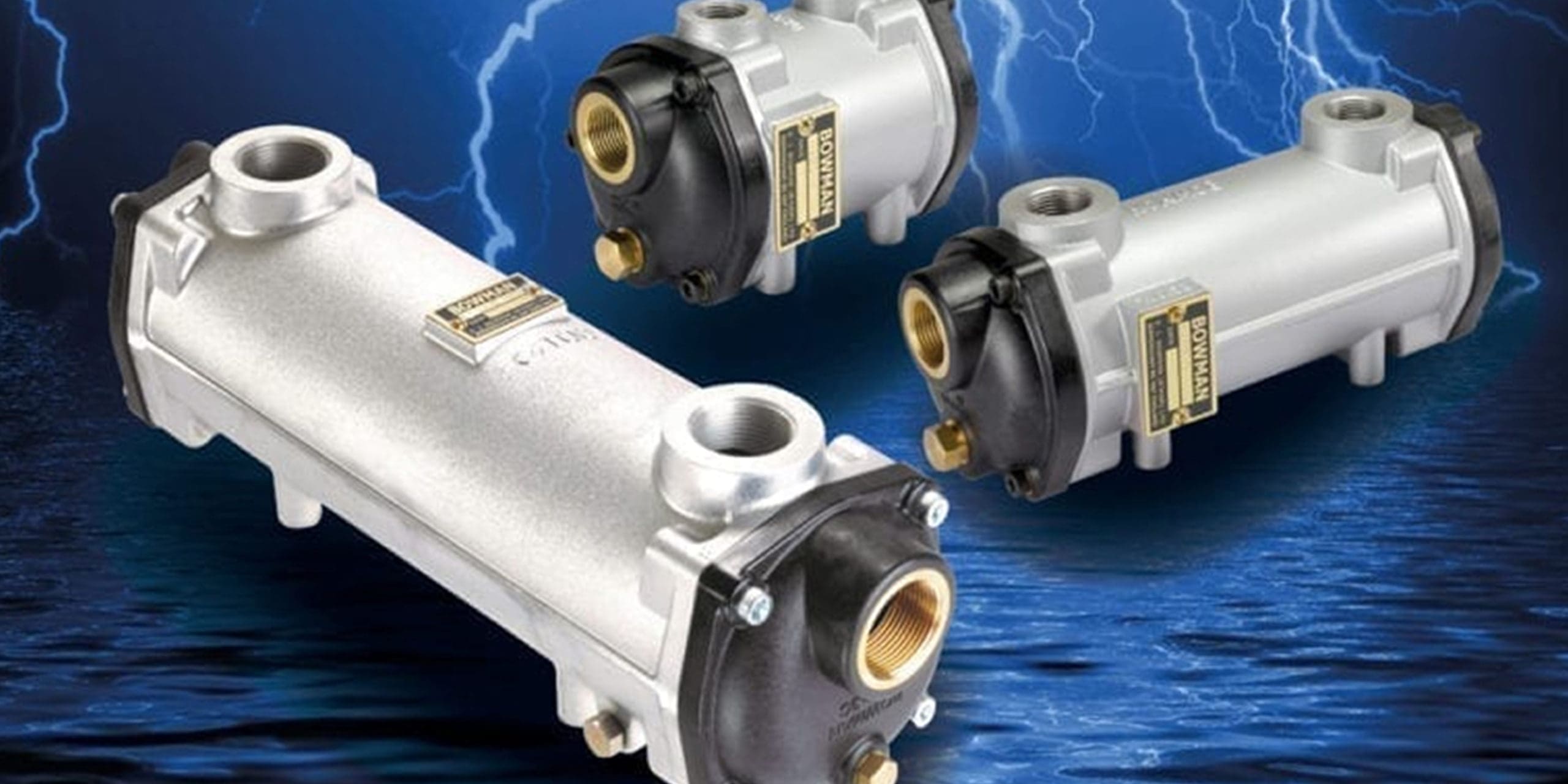
The reliable solution for cooling Electric & Hybrid Marine Propulsion Systems.
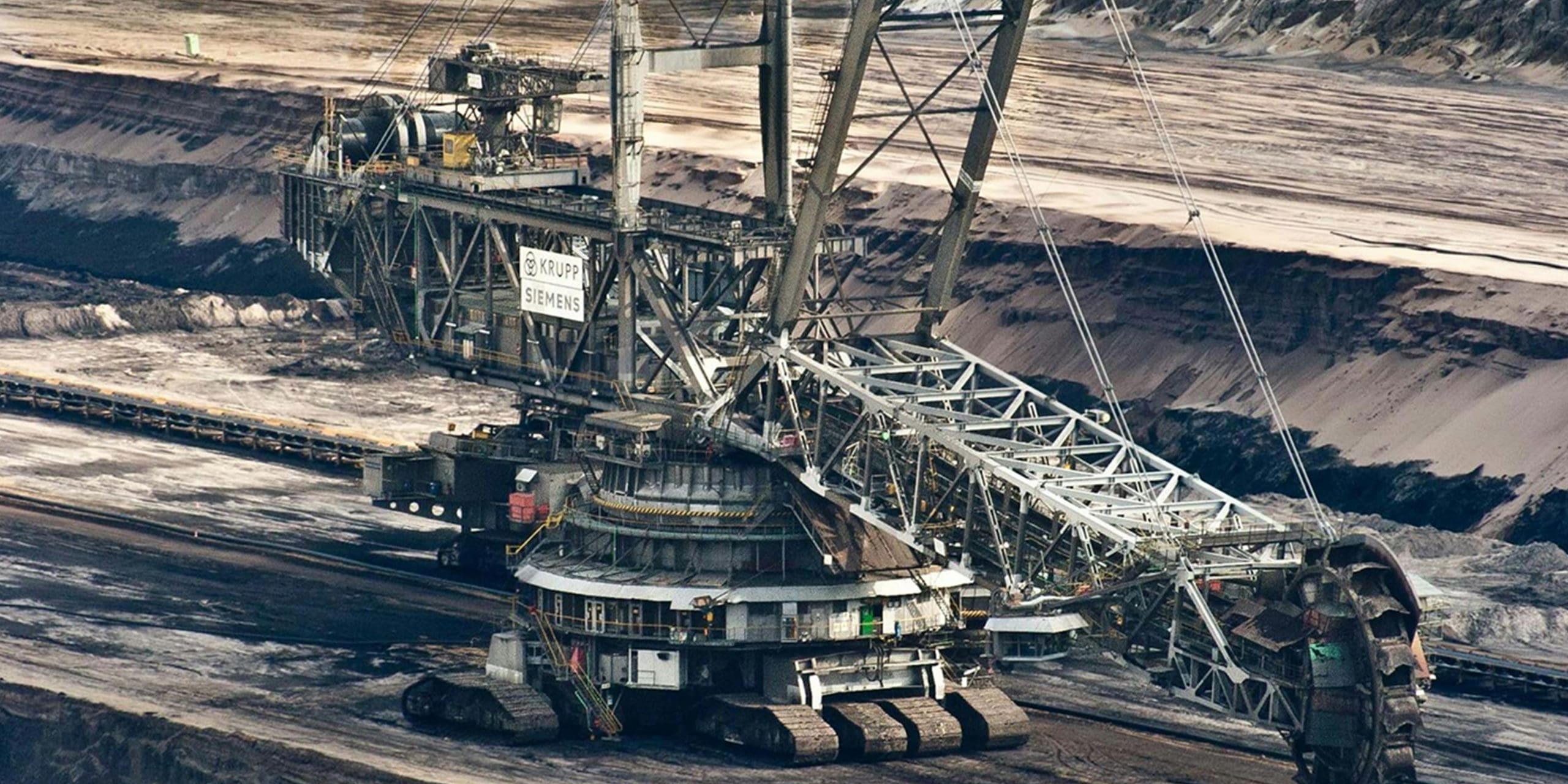
A comprehensive oil cooling solution for industrial hydraulic control systems, plus high temperature and mining applications.
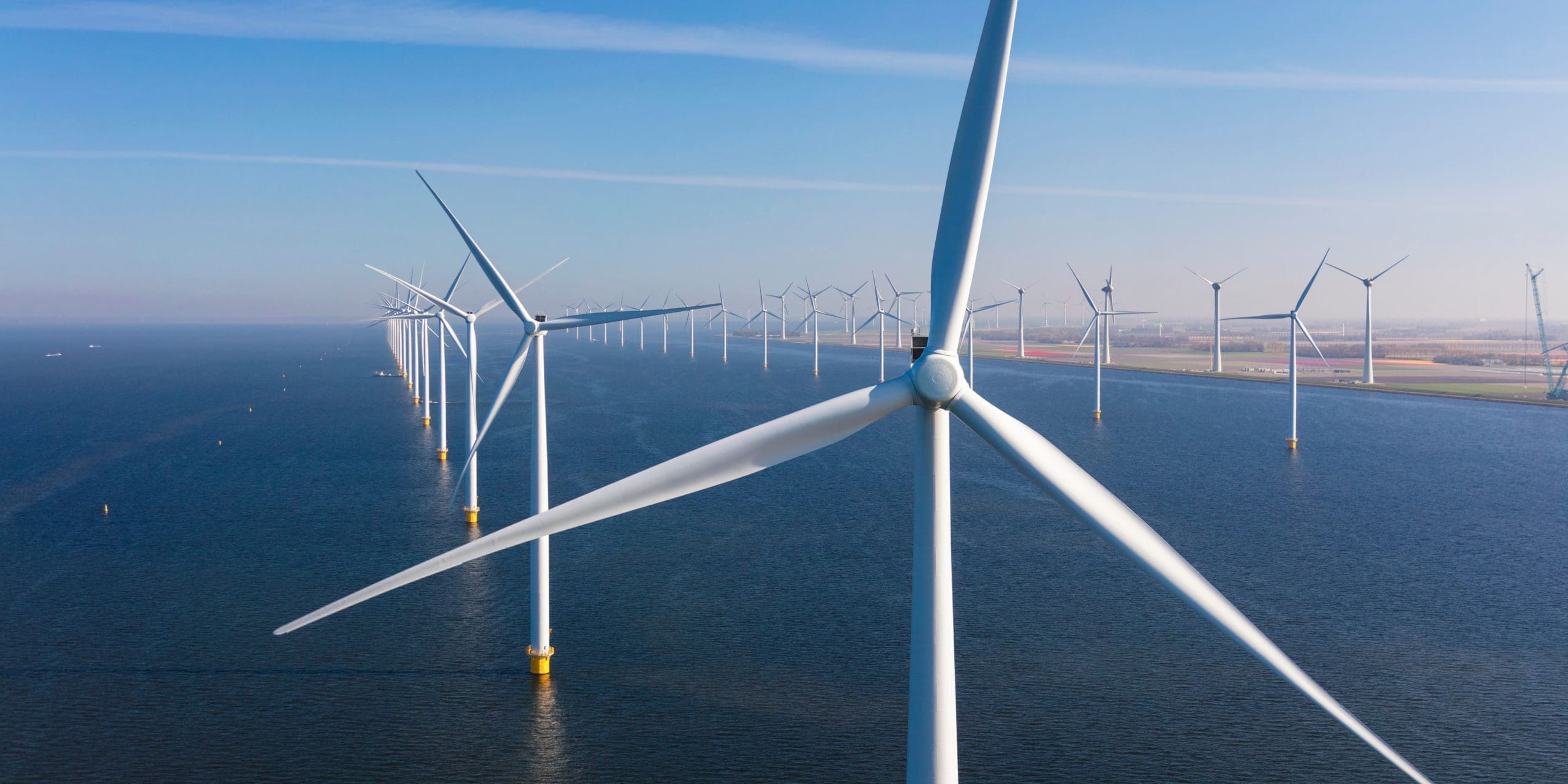
A complete solution for cooling complex on-board hydraulic equipment, including thruster and stabiliser systems.
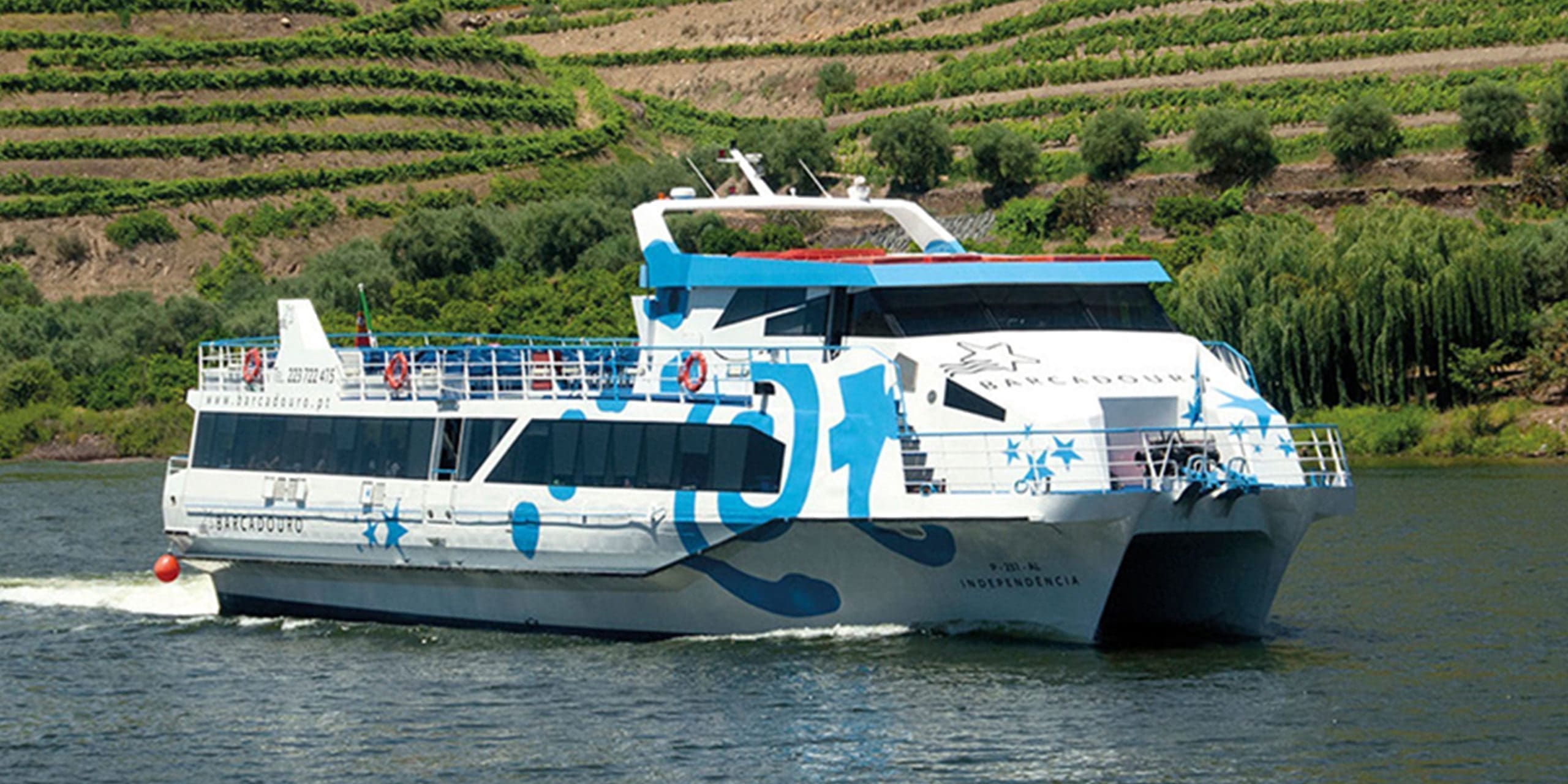
The complete cooling solution for marine engine propulsion, including the latest electric and hybrid systems.
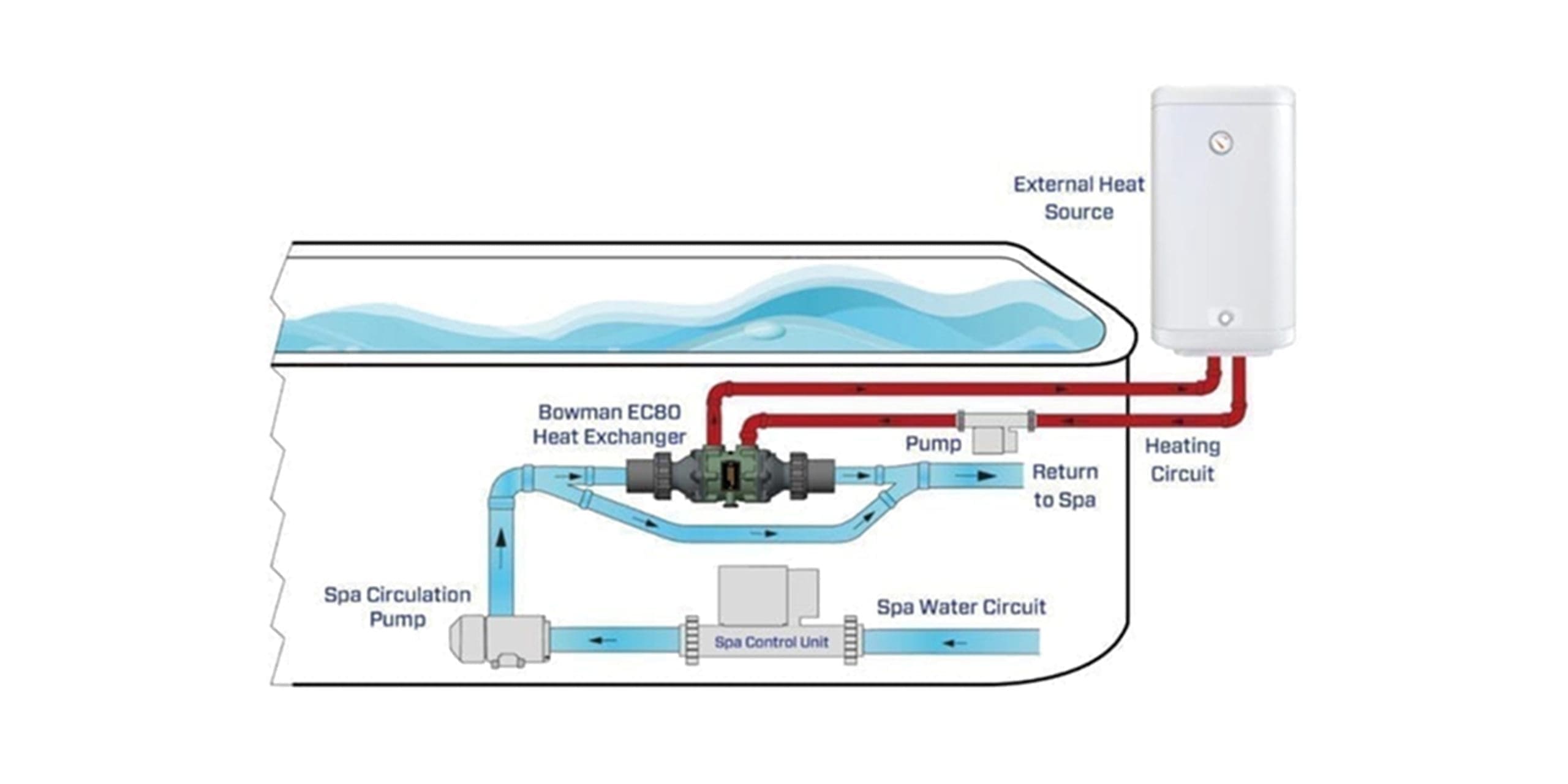
An energy efficient solution for heating hot tubs and swim spas faster, significantly reducing heat-up time for guest change-over periods.

Quality heat exchangers for efficient swimming pool heating, using boiler or renewable energy heat sources.

With a counterflow arrangement, the cooling medium flows in the opposite direction to the liquid being cooled. Find out why this is so much more efficient.
In a shell and tube heat exchanger, coolant usually flows through the central ‘tube core’ to cool hot oil, water or air, which passes over and around the tubes. The direction in which the two fluids travel through the heat exchanger can be either ‘parallel flow’ or ‘counterflow’. In this article we are looking at why counterflow is more efficient and why Bowman recommend this method when installing their heat exchangers.
Parallel or counterflow – what is the difference?
The clue is in the name; parallel flow is where the fluid that needs to be cooled, flows through the heat exchanger in the same direction as the cooling medium.
Whilst this arrangement will provide cooling, it has limitations.
As an example, if the incoming hot fluid has a temperature of say 100 °C and the incoming cooling medium is 30 °C, the mean temperature difference between the two fluids decreases. This is because the incoming cooling medium, travelling in parallel with the hot fluid, is being gradually warmed along the length of the heat exchanger and with cold water only being introduced adjacent to the hottest area of the unit, the heat exchanger cannot cool to a lower temperature than the cooling medium it is itself, as shown in the illustration below.
This arrangement can also create thermal stress within the heat exchanger, as one half of the unit will be appreciably warmer than the other.
How is counterflow different?
In a counterflow cooling, the incoming cooling medium absorbs heat as the ‘hot’ fluid travels in the opposite direction. The cooling medium heats up as it travels through the heat exchanger, but as colder water enters the heat exchanger, it absorbs more heat, reducing the temperature much lower than could be achieved with parallel flow.
As the illustration below shows, the mean temperature difference between the cooling medium and the fluid being cooled is much more uniform along the length of the heat exchanger, significantly reducing thermal stress to the unit.
So, what does it mean?
Whilst a heat exchanger installed with parallel flow will reduce temperature, it is nowhere near as efficient as a counterflow arrangement and, to achieve the required outlet temperature, a larger heat exchanger may possibly be required.
By contrast, counterflow is significantly more efficient and, depending on the flow rate and temperature, the heat transfer performance could be up to 15% more efficient, possibly enabling a smaller heat exchanger to be used, saving space and money!
To ensure the correct product is always specified, Bowman offer computer-aided product selection for all their heat exchangers. Call +44 (0)121 359 5401 or email [email protected] for more information.
With a counterflow arrangement, the cooling medium flows in the opposite direction to the liquid being cooled. Find out why this is so much more efficient.
In a shell and tube heat exchanger, coolant usually flows through the central ‘tube core’ to cool hot oil, water or air, which passes over and around the tubes. The direction in which the two fluids travel through the heat exchanger can be either ‘parallel flow’ or ‘counterflow’. In this article we are looking at why counterflow is more efficient and why Bowman recommend this method when installing their heat exchangers.
Parallel or counterflow – what is the difference?
The clue is in the name; parallel flow is where the fluid that needs to be cooled, flows through the heat exchanger in the same direction as the cooling medium.
Whilst this arrangement will provide cooling, it has limitations.
As an example, if the incoming hot fluid has a temperature of say 100 °C and the incoming cooling medium is 30 °C, the mean temperature difference between the two fluids decreases. This is because the incoming cooling medium, travelling in parallel with the hot fluid, is being gradually warmed along the length of the heat exchanger and with cold water only being introduced adjacent to the hottest area of the unit, the heat exchanger cannot cool to a lower temperature than the cooling medium it is itself, as shown in the illustration below.
This arrangement can also create thermal stress within the heat exchanger, as one half of the unit will be appreciably warmer than the other.
How is counterflow different?
In a counterflow cooling, the incoming cooling medium absorbs heat as the ‘hot’ fluid travels in the opposite direction. The cooling medium heats up as it travels through the heat exchanger, but as colder water enters the heat exchanger, it absorbs more heat, reducing the temperature much lower than could be achieved with parallel flow.
As the illustration below shows, the mean temperature difference between the cooling medium and the fluid being cooled is much more uniform along the length of the heat exchanger, significantly reducing thermal stress to the unit.
So, what does it mean?
Whilst a heat exchanger installed with parallel flow will reduce temperature, it is nowhere near as efficient as a counterflow arrangement and, to achieve the required outlet temperature, a larger heat exchanger may possibly be required.
By contrast, counterflow is significantly more efficient and, depending on the flow rate and temperature, the heat transfer performance could be up to 15% more efficient, possibly enabling a smaller heat exchanger to be used, saving space and money!
To ensure the correct product is always specified, Bowman offer computer-aided product selection for all their heat exchangers. Call +44 (0)121 359 5401 or email [email protected] for more information.

Bowman CHP heat exchangers provide vital heating for the Halley VI Antarctic research station.

If you can’t stand the heat – get a Bowman heat exchanger! How Bowman heat exchangers have solved a major cooling headache for a Portuguese river cruising company.

Bowman heat exchangers are delivering 21st century reliability and efficiency to an historic open air pool complex in South Wales.

A new ‘closed loop’ grain drying system, using Bowman heat exchangers has significantly reduced energy costs and improved efficiency in Finland.

Bowman CHP heat exchangers provide vital heating for the Halley VI Antarctic research station.

If you can’t stand the heat – get a Bowman heat exchanger! How Bowman heat exchangers have solved a major cooling headache for a Portuguese river cruising company.

Bowman heat exchangers are delivering 21st century reliability and efficiency to an historic open air pool complex in South Wales.

A new ‘closed loop’ grain drying system, using Bowman heat exchangers has significantly reduced energy costs and improved efficiency in Finland.